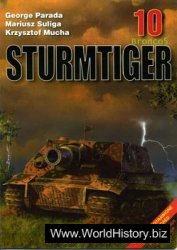Heating was also governed by electricity, and electric radiators in upper-class cabins could be controlled individually. Heating was also provided by fans sucking air from outside over bundles of steam tubes. The heated air was then distributed to the various public and staterooms via ducts. But, of course, it was not possible to regulate such a supply of heat according to individual requirements. In the best first-class staterooms and public rooms fireplaces were installed and given the appearance of being functional by ceramic “coal” in the grates, which appeared to burn, though the actual source of heat was provided by electricity. There was only one fireplace on Titanic that really functioned, fueled with coal, and it was in the first-class smoking room. Its chimney rose vertically to the top of the deckhouse roofs, where it made a 90-degree turn; the smoke was then sucked forward to enter the after side of Number 4 funnel, from which it was sent heavenward.
Ventilation too depended on electricity to a large extent. Much ventilation was effected by natural convection and the fact that hot air rises, but this was supplemented by a large number of mechanical fans, rather like extractor fans, that worked on the centrifugal principle. These Sirocco fans were supplied by Davidson & Company of Belfast, and were driven electrically. Individual electric fans were provided in upper-class cabins, and additional fans were mounted on bulkheads in public rooms and elsewhere.
Electricity was also essential to the refrigeration plant. Even on such a short voyage as the five-day crossing of the Atlantic, a vast amount of food and drink—enough for up to 3,000 people—needed to be stored, not

A view of Titanic’s first-class reading room.
To mention fresh flowers for the public rooms and restaurants. Titanic carried 6,000 lbs. of butter, for example, and 75,000 lbs. of beef. There were refrigerators, freezers and a thawing room, and the logistics of running them must have been nightmarish, but the system worked efficiently. In fact, there were four refrigeration units, of which half the total capacity was usually sufficient to supply one crossing, and if the reserve section wasn’t broached, its contents would still be usable. In addition to this plant, supplied by J. & E. Hall of Kent, there were two ice-making machines, with an adjacent ice room for storage.




 World History
World History









